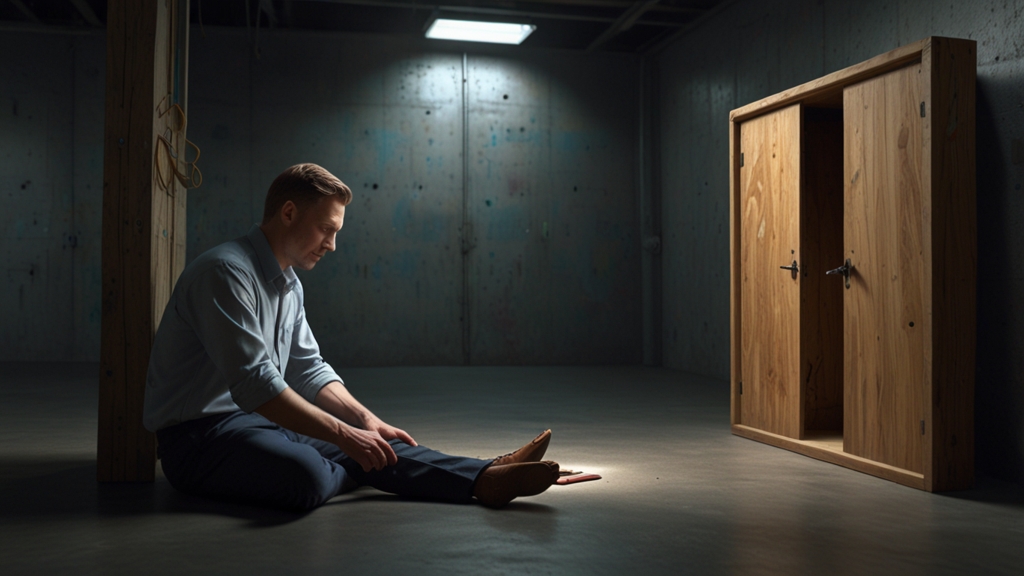Cairo's Hidden Gems: Unseen Wonders Beyond the Tourist Trail
Cairo, often referred to as the "City of a Thousand Minarets", is world-renowned for its iconic pyramids, bustling bazaars, and the historic Nile River. However, beyond these well-trodden tourist trails lies a treasure trove of hidden gems that offer a deeper, more authentic glimpse into Egypt's rich cultural tapestry. Whether you're a history buff, a culture enthusiast, or an adventurous traveler, these lesser-known wonders are sure to captivate and enchant.
The Cave Church of St. Simon the Tanner
Tucked away in the Mokattam hills of southeastern Cairo, the Cave Church of St. Simon the Tanner is an astonishing blend of awe-inspiring natural beauty and spiritual significance. Also known as the "Garbage City" due to the Zabbaleen community's waste collection practices, the area may sound unappealing at first, but it holds a profound sense of community and devotion.
The sheer size and the detailed carvings in the cave are truly mesmerizing. It's hard to imagine how such an intricate place remains relatively unknown to most travelers.
The church itself, established inside a massive cave, is adorned with elaborate carvings and religious icons. With a seating capacity of over 20,000, it stands as a testament to the faith and resilience of the local Christian community.
El Gawhara Palace
Sitting within the Citadel of Saladin complex, El Gawhara Palace is an exquisite example of 19th-century Ottoman architecture that often gets overshadowed by the more famed Mosque of Muhammad Ali. Commissioned by Muhammad Ali Pasha, the palace initially served as a royal guest house and administrative center.
The interior dazzles with opulent decorations, including intricate woodwork, shimmering chandeliers, and beautifully painted ceilings. The palace also houses a fascinating collection of period artifacts, which provide a glimpse into the lavish lifestyles of the Egyptian monarchy of that era.
Bayt Al-Suhaymi
For a more intimate look at Cairo's domestic architecture, a visit to Bayt Al-Suhaymi offers an unforgettable experience. Situated in the heart of Islamic Cairo, this 17th-century mansion presents a near-perfect preservation of Ottoman-era residential design.
Walking through Bayt Al-Suhaymi feels like stepping back in time, with its lush, open-air courtyards, elegant balustrades, and traditional mashrabiya screens.
The house is a labyrinth of rooms and courtyards, each with its own unique charm and history. A stroll through its corridors and gardens reveals the lifestyle and social customs of Cairo's affluent families during the Ottoman period.
The Nilometer on Rhoda Island
A relic from an era long before the Aswan High Dam, the Nilometer on Rhoda Island served ancient Egyptians by measuring the Nile River’s water levels. This cylindrical stone structure, dating back to 861 AD, was crucial for agricultural planning and predicting the annual inundation that fertilized the riverbanks.
A visit to the Nilometer not only takes you through an essential aspect of Egypt's ancient agrarian society but also grants breathtaking views of the Nile River. The structure’s simplicity belies its historical and scientific significance, making it a fascinating detour from Cairo's more ostentatious attractions.
The Manial Palace
Built by Prince Mohammed Ali Tewfik between 1899 and 1929, the Manial Palace is a hidden architectural gem that combines European, Persian, and traditional Islamic styles. The palace complex includes a series of buildings, each uniquely ornate, and expansive gardens that make for a peaceful retreat from Cairo's frenzy.
The palace houses a vast collection of artwork, antiques, and manuscripts that provide enriched insights into Egypt's royal history and artistic heritage. The lush gardens, with their exotic plants and trees, offer a serene escape and a chance to bask in the beauty of princely grandeur.
Wekalet El Ghouri Arts Center
Located in Islamic Cairo, the Wekalet El Ghouri Arts Center is a vibrant hub for traditional Egyptian arts and culture. Housed in a 16th-century caravanserai, the center is dedicated to preserving and promoting the country's folkloric music and dance.
One of the highlights is the mesmerizing Tanoura dance performance, which captivates audiences with its whirling dervishes and vibrant energy.
Whether it's listening to traditional musicians, watching a Tanoura dance, or exploring the architectural beauty of the caravanserai, a visit to Wekalet El Ghouri provides an enriching cultural experience that goes beyond the usual tourist attractions.
Conclusion
Beyond the pyramids and markets, Cairo's hidden gems offer an enriching journey through time and culture. From the profound spirituality of the Cave Church of St. Simon to the architectural splendor of the Manial Palace, these lesser-known attractions provide a nuanced and intimate look into Egypt's diverse heritage. So, next time you find yourself in Cairo, venture off the beaten path and uncover the unseen wonders that await.









